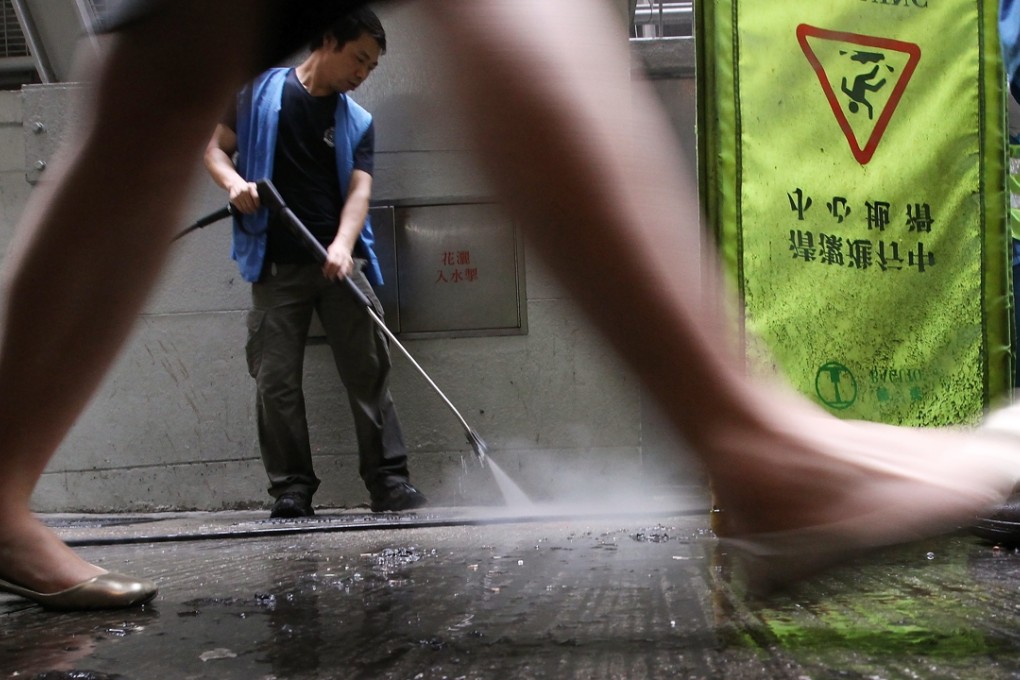Hong Kong’s low-income workers are being robbed of their retirement savings by MPF offset injustice
Kalina Tsang says the offset mechanism is defeating the original purpose of the MPF scheme to protect employees from falling into poverty after they finish work

The government has finally announced a six-month consultation on the long-awaited retirement protection scheme, including the Mandatory Provident Fund’s controversial offsetting mechanism. While Chief Secretary Carrie Lam Cheng Yuet-ngor recognised that the mechanism deprives employees of benefits, it is greatly disappointing that the consultation documents do not include plans on how and when to abolish this unfair mechanism and tackle the offsetting issue. The business sector has already made clear that it strongly opposes changes to the mechanism, but low-income workers cannot afford to have it kept in place.
Clearly, something has gone terribly wrong with our retirement savings system if Hong Kong’s employees are being compensated out of their own pockets
Under the mechanism, employers are able to use their portion of contributions to employees’ retirement funds to offset their severance and long-service payments. According to the Mandatory Provident Fund Schemes Authority, a total of HK$25.77 billion from employers’ contributions has been used to offset employers’ severance and long-service payments since the launch of the MPF scheme. In 2014 alone, the offset reached a staggering HK$3 billion. Clearly, something has gone terribly wrong with our retirement savings system if Hong Kong’s employees are being compensated out of their own pockets.
READ MORE: Hong Kong business forum urges chief executive not to touch MPF offset system
Outsourced workers are also greatly affected by this mechanism as their employers need to bid for new service contracts every two to three years, so these workers’ contracts can change often. Sixty-eight-year-old Sally, for instance, worked 11 years for several cleaning companies outsourced by the government. At the end of 2012, she was laid off as the government did not renew its contract with the company for which she worked. However, before she was to leave her job, her supervisor persuaded her to sign a document which turned out to be a resignation letter. This meant Sally could not receive any severance pay, which by law the employer was required to give her.
With the help of a non-governmental organisation, and after involving the Labour Tribunal, Sally finally received HK$6,000 in compensation. She had worked for four years with the company and should have been entitled to close to HK$20,000. However, most of this amount was offset by her own MPF savings, so the company only needed to pay HK$6,000.
Sally’s case is just one of many. By being laid off and re-employed every few years, outsourced workers lose significant amounts of their retirement benefits.

